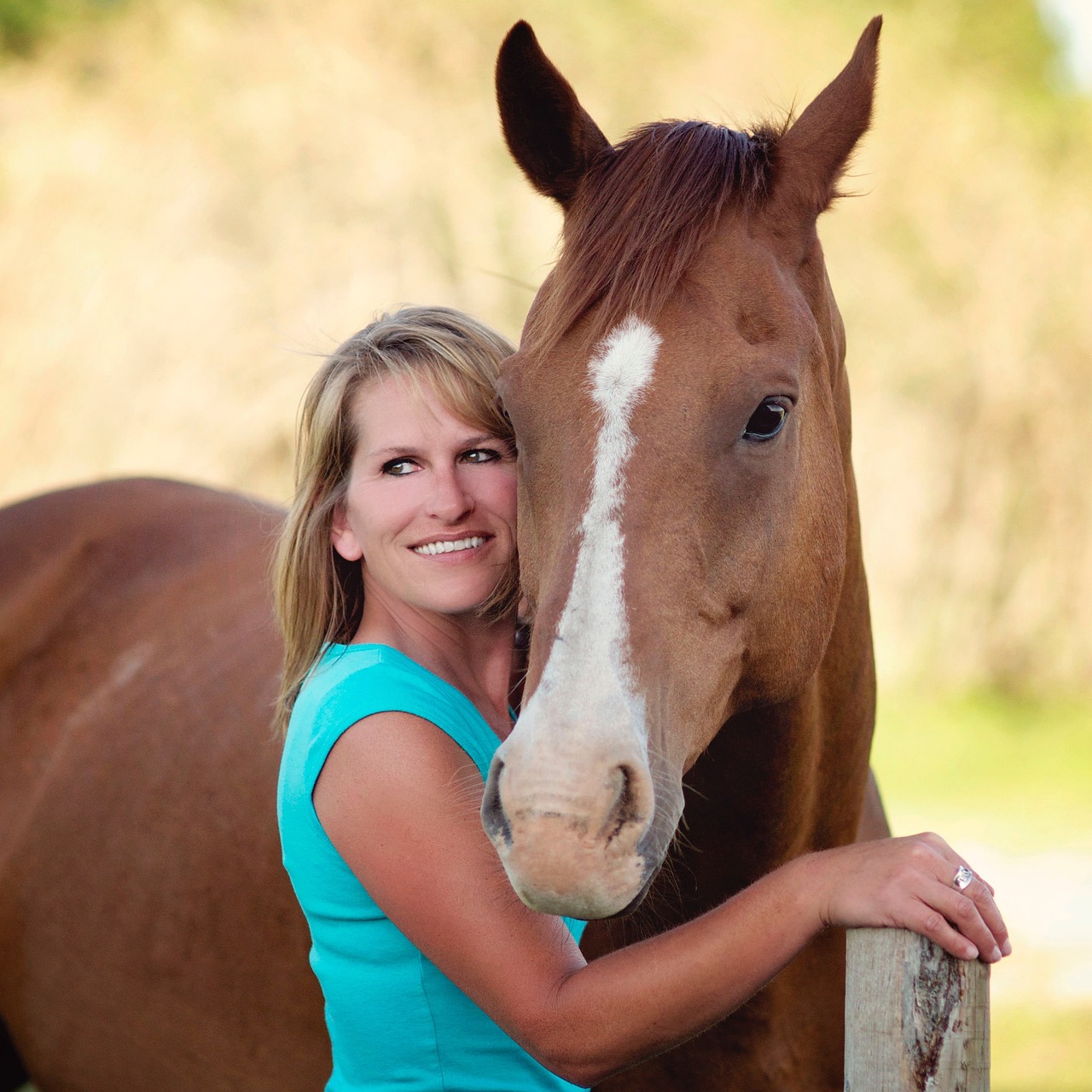If you own a horse or any equine at your home, then as an equine owner, grooming is an essential aspect of equine care. Not only does grooming improve the horse’s appearance, but it also promotes a healthy coat and skin. Moreover, with regular grooming, you can identify any injury, ticks, or any other parasitic insects on the animal. So, if you find any critical issue, you can contact Essex Veterinary Clinic, UK, and get immediate assistance.
Equine Grooming Tips
#1 Start with a Clean Environment
Before you start grooming your horse, ensure that the grooming area is clean, dry, and free of hazards. Remove any debris, manure, or sharp objects that may cause harm to the horse or you while grooming. Additionally, ensure the horse’s hooves are free of mud or manure before bringing them into the grooming area.
#2 Use Appropriate Grooming Tools
Having the right grooming tools is an important part of efficient grooming. These tools include a curry comb, body brush, dandy brush, hoof pick, mane comb, and tail brush. Depending on their coat type, you may require additional tools such as a shedding blade, sweat scraper, or clippers. You can also get the guidance about tools from the popular Essex vets.
#3 Body Brush for Removing Dirt and Dust
After using the curry comb, use a body brush to remove dirt, dust, and loose hair. Use long, smooth strokes, starting from the neck and working down the horse’s body. Also, be gentle around sensitive areas such as the horse’s face, legs, and belly.
#4 Use Dandy Brush for Tough Dirt
If the horse is particularly dirty or muddy, use a dandy brush to remove any stubborn dirt. This brush has stiff bristles and can remove dirt and mud from the horse’s coat. Use short, brisk strokes from the neck down the horse’s body.
#5 Use Hoof Pick for Cleaning Hooves
Cleaning the hooves is an essential part of equine grooming. Use a hoof pick to get any dirt, rocks, or debris out from the horse’s hooves. Be gentle around the frog and other sensitive areas of the hoof.
#6 Mane and Tail Care
The horse’s mane and tail also require regular grooming to prevent tangles and matting. Use a mane comb and tail brush to detangle any knots gently. Start from the bottom and work your way up to avoid pulling or tearing the hair.
#7 Bathe Your Horse Regularly
Bathing your horse is an essential part of grooming, especially if the horse is sweaty or dirty. Use a horse-specific shampoo and warm water to wash the horse thoroughly. Rinse the horse’s coat thoroughly to avoid leaving any residue that may irritate the skin.
#8 Check for Injuries or Parasites
Regular grooming allows horse owners to check for any injuries or parasites that may harm the horse’s health. Look for any cuts, scrapes, or swelling and treat them immediately; if you see any infection on the wound, it is better to contact the Essex vet clinic.
#9 Ensure the Best Care for Equine
Equine grooming is essential to keep your horse free from any danger or damage. By following these must-know grooming tips, horse owners can maintain their horse’s coats, skin, and overall health. Remember to always be gentle and patient with your horse and groom them properly. Also, you can stay in contact with Best Essex Vet Clinic for emergencies.

